A place to relax and enjoy all things ancient Greek and Roman, presided over by an enthusiast of the Classics.
Don't wanna be here? Send us removal request.
Video
As someone with a lot of college students and teachers following me, I felt compelled to reblog this, just to share this information with you all.
(No, I am not coming back to this tumblr, but I do still care about you all and want you all to have a good experience learning more about Classics, History, and all of your other interests. So get out there and get some free books!)
youtube
So, today I learned about Open Textbooks, and this, this is important. Basically, it’s FREE, QUALITY, LEGALLY-ACCESSIBLE TEXTBOOKS. That’s right, guys.
You need expensive textbooks for college? Look up your ISBN on MERLOT.
You want a quality textbook for your class that’s up-to-date and not expensive? Check out the Open Textbook Network.
Are you an elementary or high school teacher trying to find resources for your classes but your district can’t afford new materials? Openstax is what you’re looking for.
For those looking for more information, look up “open educational resources,” or check out this quality LibGuide from the University of Massachusetts.
246 notes
·
View notes
Note
Okay, It has been five months since I first let you all know I was going to start posting less on tumblr, and my final week has come to an end. I know there are a lot more of you following now who might be interested to find more Classical materials (3,000 more of you! Wow!), so I’m reblogging this list of blog recommendations for you all to explore. I’ve been following some of these blogs for my entire time on Tumblr, and others I’ve only known for a while, but they’re all great in their own, unique ways.
I have enjoyed sharing my studies and interests in the Classical world with all of you over the years, and I wholeheartedly encourage any of you who have a passion for these subjects to continue to learn and look for new ways to learn about them in the future.
Thank you for following this little blog of mine, and for messaging me your kind words, whether you did so five months ago or more recently. A lot has changed, but I will always look back on this time in my life fondly. Please continue to browse through my archives and tags whenever you’d like. I won’t be deleting this blog, but I will be leaving it up for posterity.
Thank you all again, and good luck in all that you do,
Abbey
Hey there! So sad to here you're leaving tumblr!! :( Are there any other blogs you'd recommend following so I can try to fill the soon-to-be Classics void in my dashboard? I wish you the very, very best for the future!!! <3 xoxo
Here are some blogs I would recommend to anyone who was a fan of mine:
reallyoldglass, ancientcoins, classical-beauty-of-the-past, ancientrome, greek-museums, mythologer, archaicwonder, archaeologicalnews, ancientart, theancientworld, romegreeceart, ancientpeoples, archaeology
(For some more fandom-y Classical nonsense) thoodleoo, classicsmatters, celzmccelz, chelidon, and whatshouldwecallhomer are all wonderful.
I hope that you like them, and that you all will enjoy my queue as it finishes off my blog this week.
Best regards,
Classicsenthusiast
#really leaving this time I promise#Also check out my likes maybe#I couldn't post all of em#although some of it is random#oh well
304 notes
·
View notes
Photo
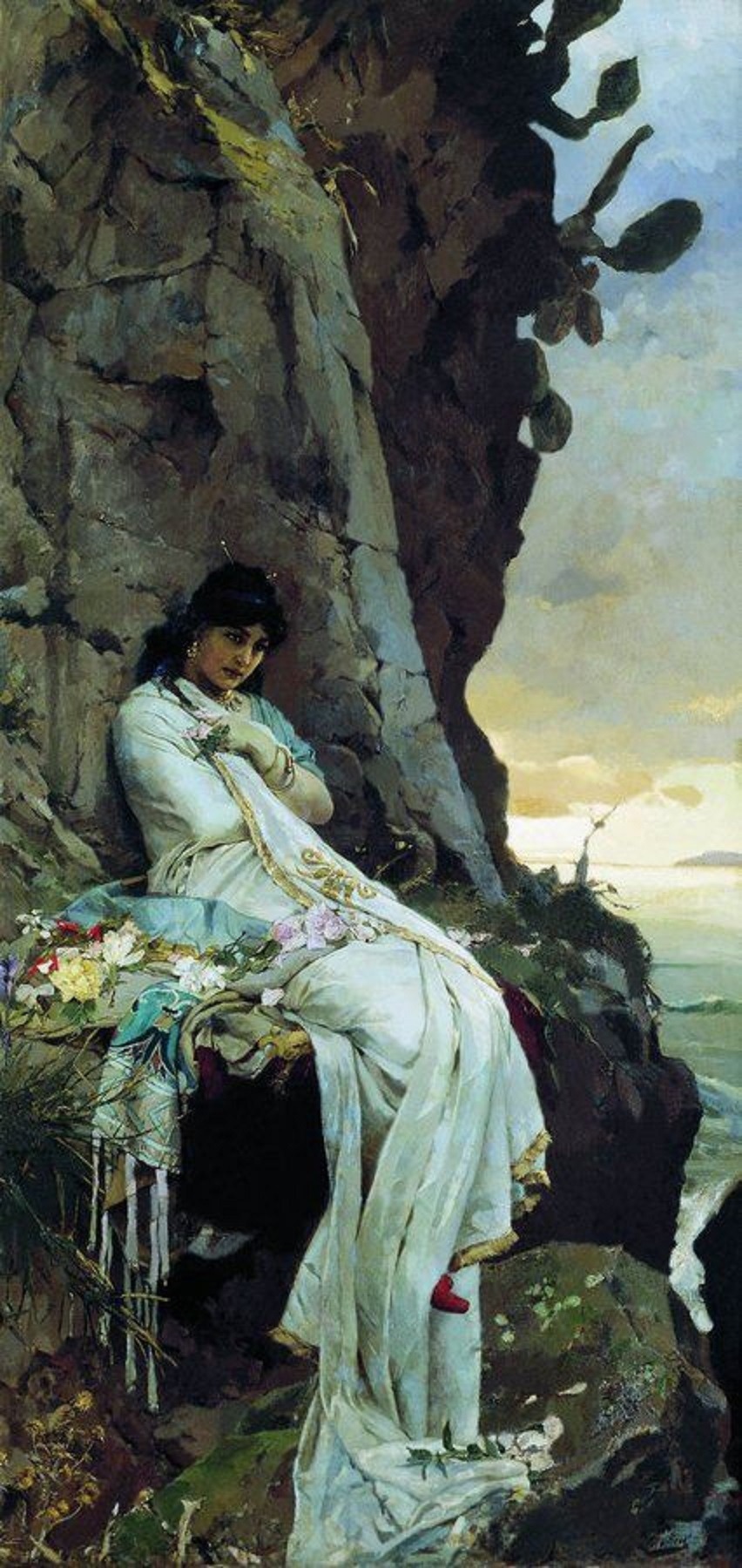
Pavel Svedomsky (1849-1904) - Julia, the only biological child of Augustus, in exile
1K notes
·
View notes
Photo
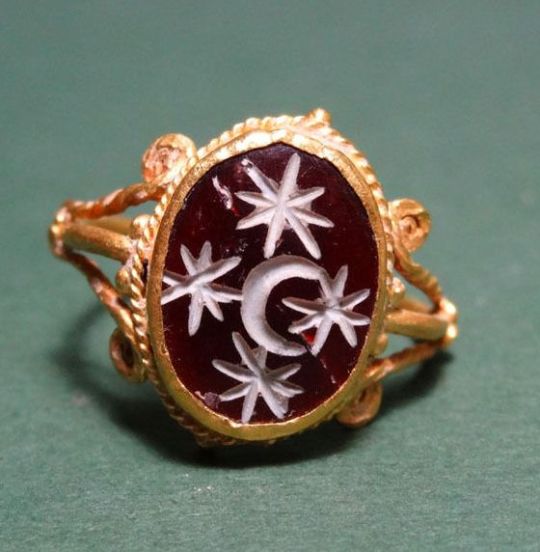
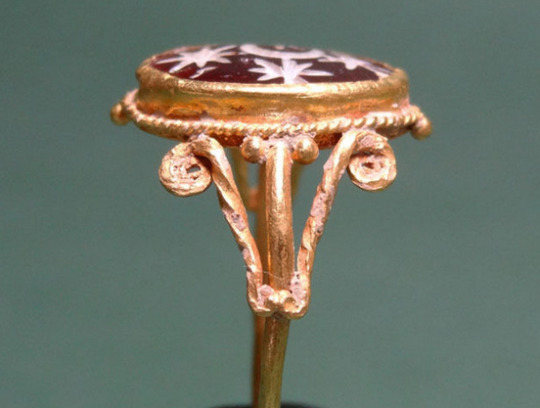
Roman Carnelian Moon and Stars Ring, 100-300 AD
6K notes
·
View notes
Photo
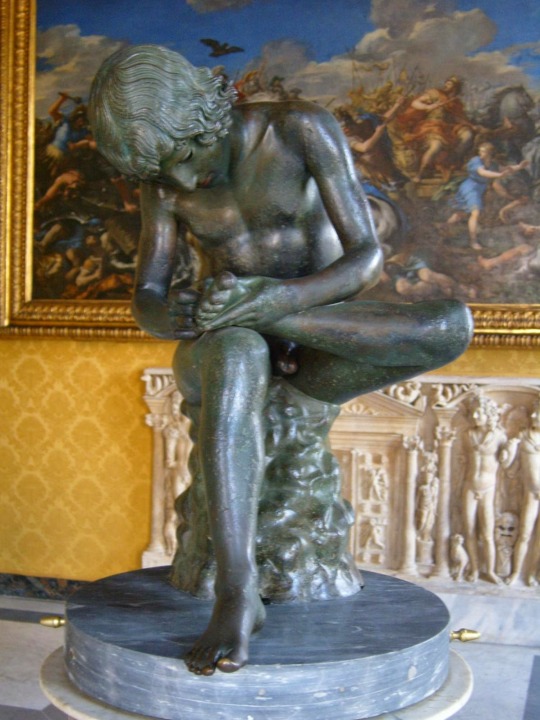
Capitoline Museums - Boy with a Thorn
A Roman bronze sculpture, probably 1st century CE.
Rome, July 2007
243 notes
·
View notes
Photo
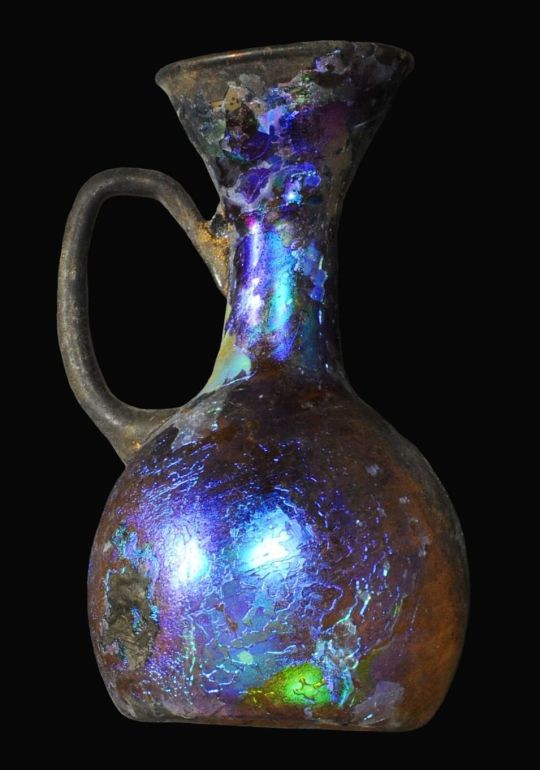

Iridescent Roman Glass Jug, 1st-2nd Century AD
2K notes
·
View notes
Photo
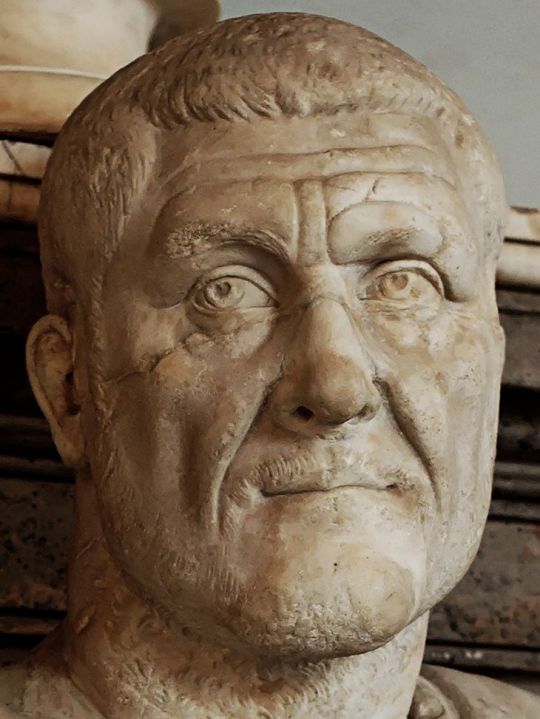
Portrait of the Roman emperor Maximinus Thrax (r. 235-238 CE). Now in the Capitoline Museum, Rome.
349 notes
·
View notes
Photo
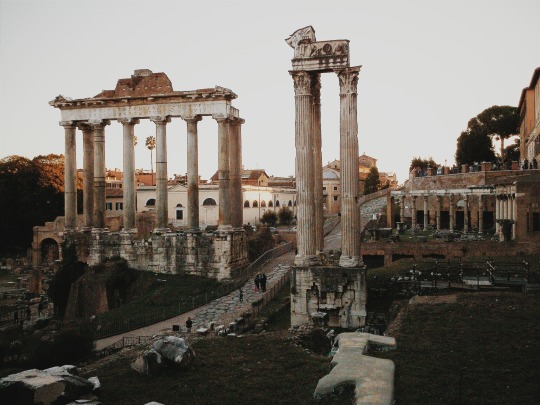
87K notes
·
View notes
Photo
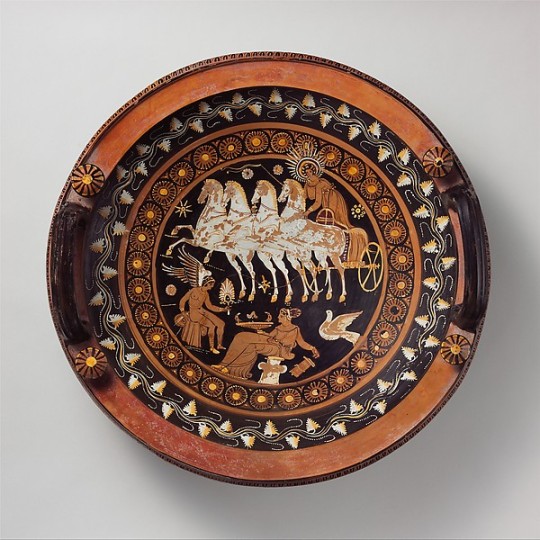
Terracotta lekanis (dish). Eos top - Eros, woman, and swan bottom.
Attributed to the Stuttgart Group, Greek, late 4th century B.C.
1K notes
·
View notes
Quote
Critics assert that modern students are losing their powers of critical thinking, but what we are actually seeing is that power in action: students are using their critical faculties to uncover structures of power in their own academic and social environments. They are clearly recognising that discourse and ideas can be powerful, and that is precisely why they struggle to reshape the discursive terrain, to change the conversation in ways that further their political and moral commitments. Humanities professors should be proud. This is what’s so odd about the language of coddling and hypersensitivity. If students are really so fragile, if they’re really hiding from scary ideas in a thoughtless cocoon of political correctness, why are they so often to be found out on the campus, demonstrating, protesting, petitioning and organising? That’s not what hiding looks like. It’s not what coddling looks like. In fact, the people showing greatest signs of coddling are those professors for whom the classroom has been a safe space for way too long. Now they’re apparently afraid that their “small or accidental slights”, as Lukianoff and Haidt put it, are going to get pounced on. They’d much rather students “question their own emotional reactions” than question the assumptions coming from the front of the classroom.
Tom Cutterham, “Today’s students are anything but coddled,” Times Higher Education

(via sashayed)
25K notes
·
View notes
Photo
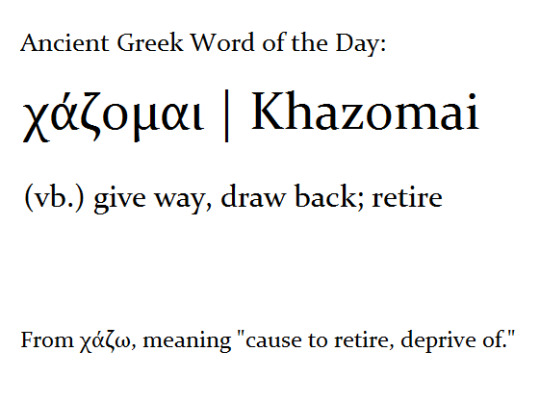
366 notes
·
View notes
Photo
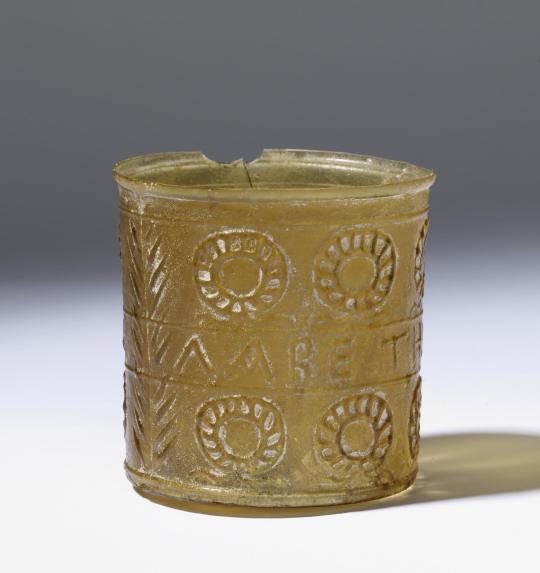
Glass cup with wreaths and Greek inscription, reading “Take the victory”
Roman, Augustan Period (early 1st century A.D.)
molded glass
Walters Art Museum
369 notes
·
View notes
Photo
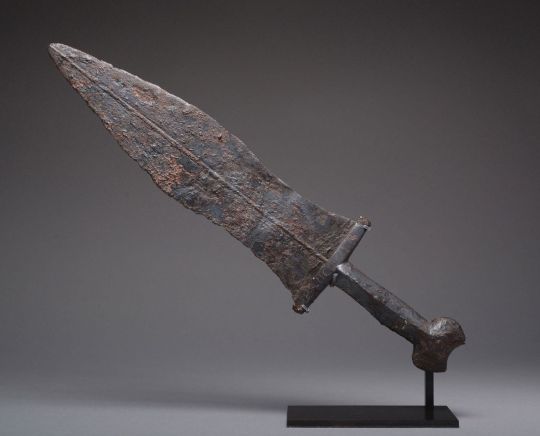
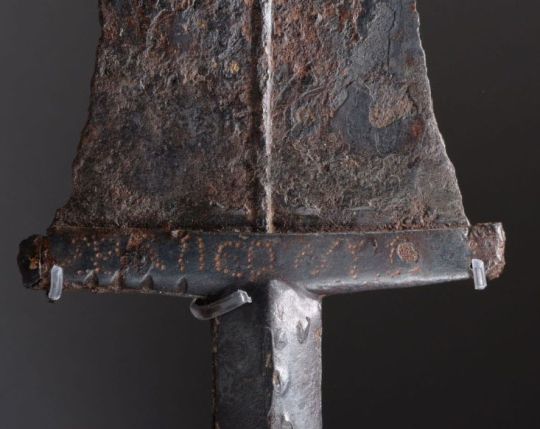
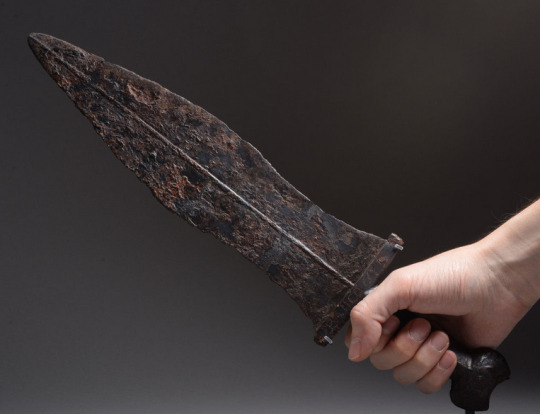
Inscribed Roman Pugio Dagger, 1st Century AD
A highly unusual feature of this iron dagger is the punched inscription on the crossbar, which may be interpreted as: 7 PRIICONIS (centuria) Preconis / the century of Preco.
The pugio was the standard military sidearm of the Roman Empire. Though arms were stored collectively within a century, they belonged to the soldier individually. Thus inscriptions are sometimes found indicating the names of now forgotten soldiers.
2K notes
·
View notes
Photo

ah yes, the perfect greek word for me
598 notes
·
View notes
Text
Concept: a stola party. Like a toga party but it’s just respectable Roman matrons.
#stola partyyyyy#roman civ#a fun idea for female Latin students who want to get together and talk s*** about the Roman patriarchy hehe
1K notes
·
View notes
Photo

The Hope Athena
Ostia or Rome, Italy, 2nd century A.D.
Roman copy after a Greek original of the 5th century B.C.
marble
LACMA
316 notes
·
View notes
Photo

Stirrup jar with octopus, ca. 1200–1100 b.c.; Late Helladic IIIC Mycenaean Terracotta
A large, wide-eyed octopus stretches its tentacles across the curved body of this vessel. Flecks of paint and thin, arching lines denote the creature’s membranes, and large concentric rings represent its eyes. The spiraling ends of its tentacles lure the viewer around the sides to another, similar octopus that decorates the back of the jar. This type of vessel takes its name from the stirrup-shaped handles at the top. In antiquity, such jars—easy to carry and stow, and designed not to spill—were commonly used to transport wine and oil throughout the Mediterranean. Although this vessel is a product of the Mycenaean culture of mainland Greece, its marine imagery derives from the art of Minoan Crete. When the Mycenaeans conquered Crete (ca. 1450 B.C.), Minoan styles exerted considerable influence on the art of the mainland. The design on this vase ultimately derived from motifs that decorated marine-style vessels of the Late Minoan I period.
Control of the sea was essential to the Mycenaeans for gaining and maintaining power over their vast domain. The shape of this stirrup jar and its octopus decoration testify to the importance of the sea as an avenue of communication and source of food and wealth.
(Metropolitan Museum of Art)
626 notes
·
View notes